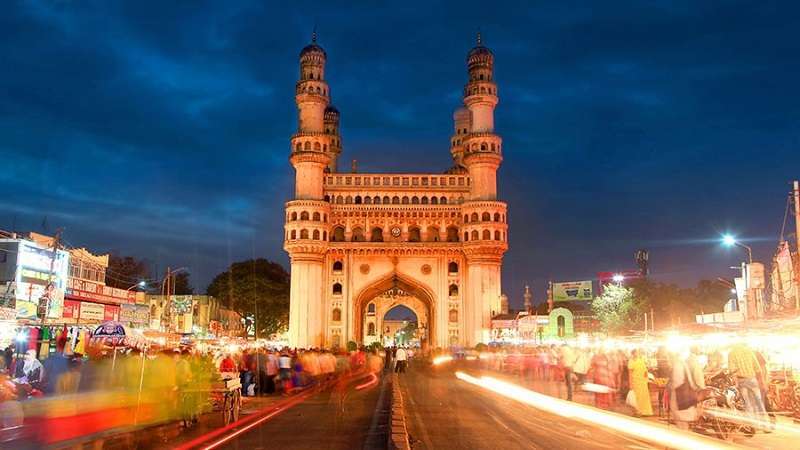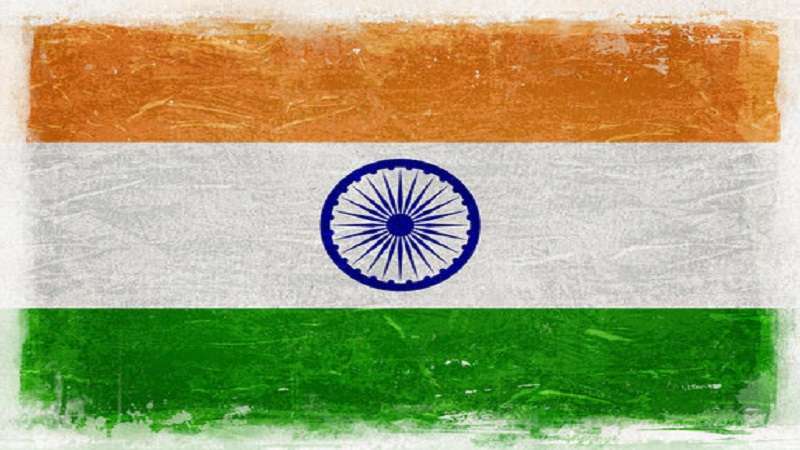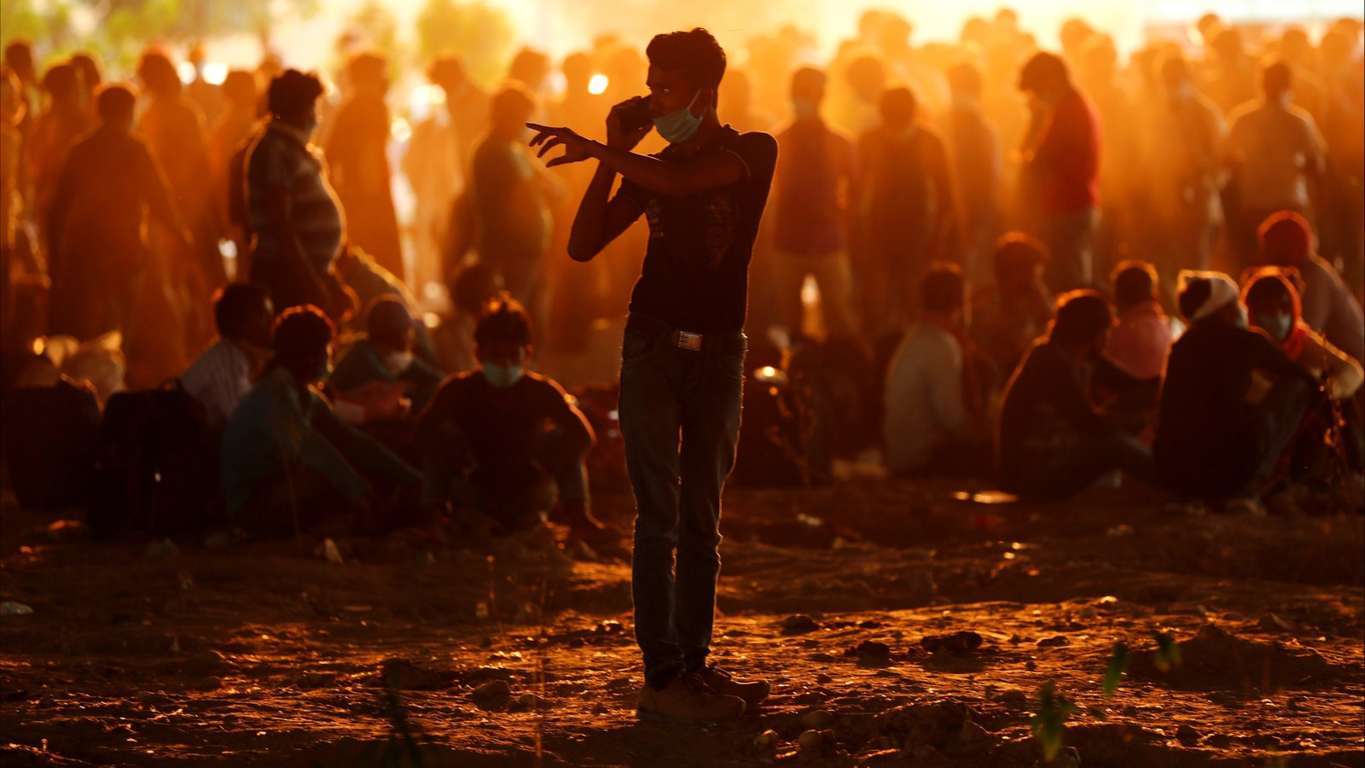Efficient water pricing is necessary to prevent a tragedy of commons: A case for efficient water pricing in water supply in Indian cities
Water is the elixir of life. Availability of water is,
therefore, considered a basic human right; in economic terms, it is a public
good. However, freshwater accounts for less than 1% of all the water available
on earth. Increasing population and improved lifestyles have resulted in the
demand for water, resulting in what is known as ‘water stress’. India accounts
for 17.74% of the world’s population, merely 2.45% of the world’s land
resources, and only 4.5% of its freshwater resources (Ministry of Water
Resources, December 2008).
If one conducts a survey to enquire people about their
average water consumption patterns, there is a high probability of them
answering incorrectly. The absence of a tool to accurately measure the water
consumption (e.g. water meters) results in negligence, further increasing
consumption and wastage of water. The negligence is mainly due to our
assumption of water being a basic human right, irrespective of the amount
consume.
Negligence results in a tragedy of commons:
The negligence towards water consumption often ends in what
economists would call the tragedy of commons. The tragedy of commons is
a problem in economics often discussed in relation to public goods. It is a
situation wherein an individual neglects the larger benefits to the society for
their own, short-term benefit; the excessive consumption of a scarce resource by
one resulting in consequential effects on the whole community. Recent example
of the consequences of this include Cape Town, Perth, Chennai, Shimla, and
Bengaluru among others. Miraculous occurrence of rainfall prevented these
cities from running out of water.
As has been suggested by several experts, water must, beyond
a specified level of consumption, be considered an ‘economic good’, requiring
the end-user to pay for each unit consumed. This shall require installation of
water meters in every household. Additionally, private extraction of groundwater
must be banned.
Water supply in Indian cities is inefficient:
Approximately one-third of the total population of India
resides in cities. The rate of urbanisation is increasing at an unprecedented
rate; the urban population is expected to cross 590 million (a CAGR of 6.4%).
The rapid pace of growth shall be accompanied by an exponential growth in the
water demand, increasing the stress on water resources, making it even more
challenging for the urban local bodies to achieve a demand-supply equilibrium.
Water, in Indian cities, is supplied through piped municipal
supply, private tankers, borewells / tube wells, wells, and water bottles. While
70% of the urban households have access to piped water supply, 12% of these
receive untreated water (Census 2011). The urban water supply ranges from 37
lpcd to 298 lpcd (WaterAid India, 2018).
The Ministry of Urban Development, Government of India,
stipulates service level benchmarks (SLBs) as shown in Table 1. A comparison of
the same with the actual scenario shows the lapses in provision of services in
Indian cities.
Table 1 Service level benchmarks (SLBs) established by MoUD, Govt. of India
| INDICATOR | BENCHMARK |
| Coverage | 100% |
| Per capita water supply (litres per capita per day) | 135 lpcd |
| Extent of metering | 100% |
| Efficiency of collection of charges | 90% |
Water supply is charged in the form of an annual water tax
charged at fixed rates. These rates are insignificant compared to the
operations and maintenance costs borne by the authorities. Recent studies of
the water pricing in Bengaluru, Chennai, and Hyderabad found that the charges
from residential uses is about ₹ 1.50 per cubic metre, which is far less than
the O&M costs for the urban local bodies. The outcome is an inefficient
revenue structure, resulting in poor revenue collection. The poor revenue collection
reduces the municipal budget, disincentivising the implementation of any
project towards O&M of water supply network. With poor maintenance, there
are increased instances of water losses during transmission. Further, the
number of households connected to municipal water supply is quite poor in
Indian cities; thus, increasing the dependence on alternative sources such as
private water tankers, water jars/bottles, and direct extraction of groundwater
using borewells, tube wells, etc. This further adds to the stress on water
resources.
Additionally, several other lapses in the municipal water supply add to the woes of the citizens, who are compelled to rely on private sources rather than municipal supply; resulting in even more financial losses to the authorities.
Metered water connections will benefit authorities, end-users, and the environment:
Metering of water supply shall benefit the end-users, the
authorities, as well as the environment. The end-users shall benefit in the
form of an increased awareness of their water consumption patterns; they will
be liable to pay only for the quantity of water used. This will especially be
helpful to the impoverished and lower income groups. The authorities would be
able to determine the variations in water consumptions in different zones,
thereby planning the quantity and duration of supply more efficiently; the
future water demand can be better estimated using the latest trends in water
usage; further, the excess use and wastage can be monitored and regulated; water
losses in supply can be determined and fixed using the supplied and billed
quantities. Metered supply of water shall also benefit the environment by way
of reduced wastage and increased rate of ground water recharge.
Several cities have started levying water tax on the basis
of consumption slabs. This, however, is yet to becomes a widespread practice
across the country. Successful international cases like those of Manila, Israel,
Singapore, etc. are cases worth studying. Key learnings from these must be
adapted and incorporated to the local scenario. Several initiatives launched by
the state and central governments, e.g. AMRUT, Smart Cities Mission, Swachh
Bharat Abhiyan, etc. can help in better implementation of the best practices.
Thus, metering water supply in cities will have a wide array
of benefits, creating a win-win scenario for the authorities as well as the
end-users, and also benefiting the environment. This should be combined with
efforts towards provision of safe drinking water while achieving a stable
duration of water supply across the city. With proper implementation and
monitoring of best practices, such as charging water tariffs, would, therefore,
help avert a water crisis, avoiding a tragedy of the commons.
REFERENCES:
1) Census of
India 2011. (2012). Houses, household Amenities and Assets. Govt of India. Data
Product No. 00-015-2011-Census Data Sheet E.
2) Ministry of
Urban Development (Govt. of India). (2019). Handbook of Service Level
Benchmarking.
3) Ministry of
Water Resource. (Dec 2008). Comprehensive Mission Document of National Water
Mission, Vol 2, pg iv/2.
4) Water Aid India. (2018). State of Urban Water Supply in India 2018.
By Sameer Kumar:
Related Articles

LIVEABLE CITIES
WALKABILITY- A SYNONYM TO URBAN MOBILITY

URBAN PLANNING AND ECONOMY AFTER BOYCOTTING CHINA PRODUCTS IN INDIA
Sustainable Urbanism: Gap Between Policy and Reality




